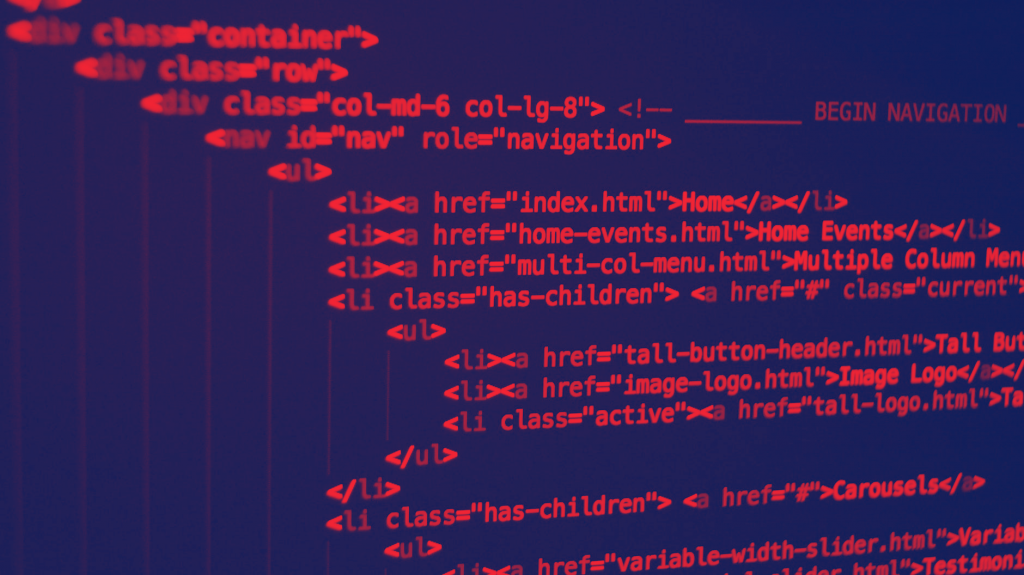We were recently engaged by a client that had a bunch of eLearning modules on a rather special learning management system that had been custom built for the content. A. Long. Time. Ago. The brief from the client was to migrate the content to a new system and update the modules.
The client didn’t know much about the system as the people who were involved in the original setup of the system had since left the company. The issues had been raised by the fact that the modules were in FLASH format and some employees and external clients were having trouble accessing the old Flash content. Flash was a web file format that allowed content to be interactive and also allowed for animations. It was very cool and all the eLearning authoring tools back in the day would only publish content as the Flash file format.
Furthermore, the original eLearning source files could not be located. So essentially our task was to “recreate” the Flash format into HTML 5 format. HTML 5 is now the standard output from eLearning authoring tools. Further to this, the non-interactive elements of the modules were to be re-created directly in the new learning system’s Content Management System (CMS).This included text and images and any animations that were originally Flash animations but could be recreated as animated GIFS.
To allow for further customisation and to try and recreate this content as close as possible to the original flash content, we benefited from being able to go in to the “code” view of the new learning system. The code view of most CMSs usually show up as HTML. By being able to manipulate the HTML we can usually go beyond the normal WYSIWYG formatting toolbar that displays above the text entry area.
Why are we sharing this story then? Well to start with, by seeing the overall objective of the client and appreciating what we had to work with (how the CMS worked with HTML editing functionality), we felt more comfortable being able to quote and provide a clear outcome.
With the online learning world being part of the wider online world, we do understand the broader foundation of how our eLearning content sits within the world wide web (WWW). All of our eLearning work is delivered via a web browser. Our learning systems are delivered via a web browser. The success of what we create is reliant on the success of the systems and (at the very least) an overarching understanding of how all the pieces fit together.
Not only does this help us troubleshoot more effectively, but also allows us to customise and adapt to client’s requirements more effectively.

